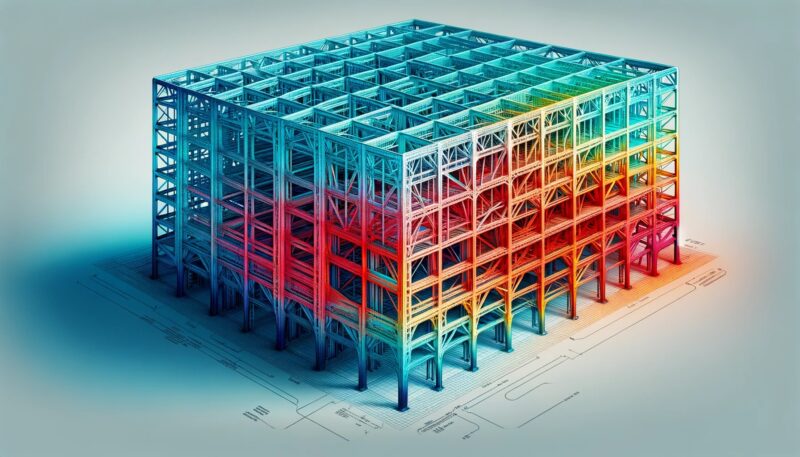Welcome to the fascinating world of structural analysis, a crucial engineering discipline shaping our built environment. This field is vital in predicting and interpreting how structures respond to varying forces to ensure stability, strength, and rigidity.
Every edifice, from majestic skyscrapers to complex tunnel systems and the vehicles we use every day, depends on these evaluations for their safety and dependability. Join us as we look into the essential methods, breakthroughs, and practical uses of this vital field.
Overview
Structural analysis is a scientific method employed by engineers to predict the behavior of structures under different types of loads, such as compression, tension, and shear. It is a subset of applied mechanics that allows engineers to ensure a structure’s stability, strength, and rigidity.
The overarching goal of structural analysis is to determine safety margins. It helps engineers identify the thresholds of stress a structure can withstand before failing.
This analysis is crucial in the design phase, providing insights into the internal forces and stresses that need consideration during design and code checking.
Understanding the Basics
At its core, structural analysis involves assessing how structures behave under various loads and conditions. This understanding is critical for ensuring that buildings, bridges, and other structures can withstand everyday stresses and occasional extreme events.
- Importance in Design: Before a structure is built, engineers use structural analysis to predict how it will hold up under expected loads.
- Safety and Compliance: This analysis ensures structures meet safety standards and building codes, which are essential for public safety.
Goals and Objectives
The primary objective of structural analysis is to ascertain a structure’s ability to endure without failing. This involves understanding the limits of materials and design.
- Predicting Failure Points: By analyzing stress points, engineers can predict where and how a structure might fail.
- Optimizing Design: This process helps in refining the design to balance strength, material use, and cost.
Types of Structural Analysis
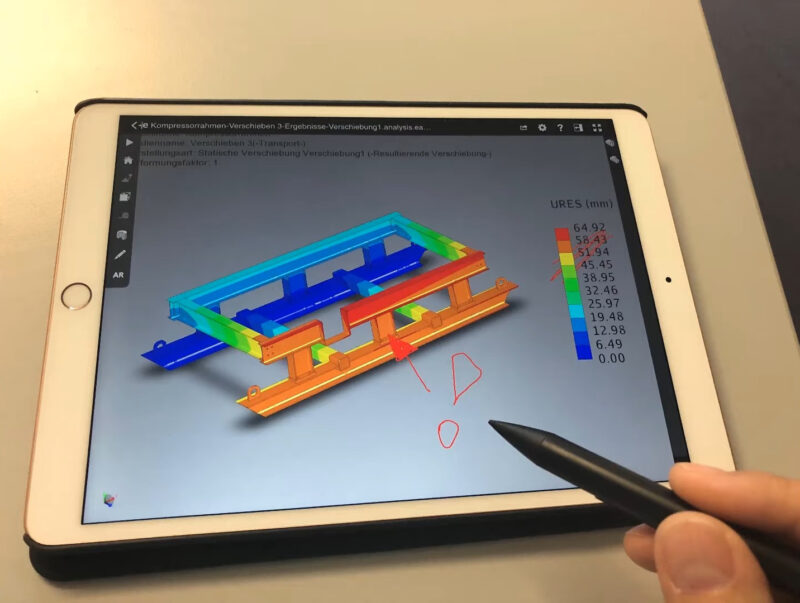
The world of structural analysis is diverse, offering multiple methodologies to address various structural concerns.
Structural Analysis with Hand Calculations
Hand calculations represent a fundamental approach in structural analysis, ideal for preliminary assessments and understanding basic structures.
- Simplicity and Speed: This method offers quick evaluations of simple structures.
- Use in Civil Engineering: Commonly used in civil engineering for rough estimations of forces on elements like beams.
With Finite Element Analysis (FEA)
Finite Element Analysis is a more advanced method, breaking down complex structures into smaller, manageable elements for detailed analysis.
- Handling Complex Structures: FEA is adept at analyzing intricate structures with multiple variables.
- Accuracy and Detail: Though complex, FEA offers a high level of accuracy in understanding how structures behave under various conditions.
Enhancements in Techniques
Advancements in technology have led to more sophisticated methods in structural analysis, offering enhanced accuracy and efficiency.
Linear vs. Nonlinear Analysis in FEA
FEA includes linear analysis for structures with small deformations and nonlinear analysis for more complex scenarios with large deformations or nonlinear material behavior.
- Linear Analysis: Used for initial estimates, it assumes a constant stiffness matrix and small deformations.
- Nonlinear Analysis: Addresses complex scenarios with variable stiffness matrices and large deformations.
Reduced-Basis Finite Element Analysis (RB-FEA)
RB-FEA, an innovation in FEA, uses reduced-order modeling to analyze large and complex systems with greater computational efficiency.
- Computational Efficiency: Ideal for complex structures requiring multiple computations.
- Real-time and Parametric Studies: Opens new avenues for advanced engineering tasks with speed and accuracy.
Applying in Real-World Scenarios

Structural analysis finds practical application in various fields, ensuring the safety and efficiency of structures.
Structural Health Monitoring Systems
Structural health monitoring systems use non-destructive techniques and sensors to evaluate the integrity of structures like bridges and tunnels.
- Continuous Monitoring: Allows for ongoing assessment of a structure’s condition.
- Preventive Measures: Helps in taking corrective actions before potential failures occur.
Structural Optimization
Structural optimization aims at designing structures that are efficient, cost-effective, and resilient.
- Size Optimization: Focuses on finding the optimal dimensions for structural components.
- Free-size Optimization: Specialized for designing complex laminate composite components, it helps in determining optimal thickness and ply arrangement.
Case Studies in Structural Optimization
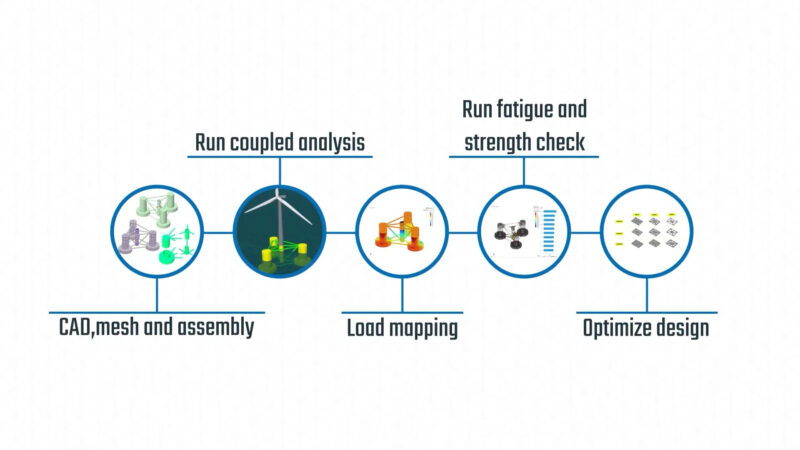
Real-world examples demonstrate the effectiveness of structural optimization in reducing costs and improving design.
Lamprell and Akselos Partnership
This collaboration showcased how engineering simulation software can optimize offshore wind assets in terms of design, delivery, maintenance, and lifespan.
- Significant Material Reduction: The project resulted in up to 30% reduction in steel weight for offshore wind jacket foundations.
- Operational Benefits: This reduction brought about cost savings, improved maintenance, and extended asset life.
Innovations in Structural Analysis Techniques
As technology continues to advance, structural analysis techniques evolve to meet the demands of modern engineering challenges. These innovations play a pivotal role in shaping the future of structural design.
Computational Structural Mechanics
Computational Structural Mechanics (CSM) is a cutting-edge approach that relies on numerical methods and computer simulations to analyze structures. It has revolutionized the field by providing engineers with powerful tools to assess complex structures.
- Simulation Accuracy: CSM offers a high degree of accuracy in predicting structural behavior.
- Virtual Testing: It allows engineers to simulate real-world conditions, reducing the need for physical prototypes.
In Sustainable Design
Structural analysis is at the forefront of sustainable design practices, as engineers strive to create eco-friendly structures that minimize environmental impact.
- Material Efficiency: By optimizing material use, structural analysis contributes to reducing resource consumption.
- Energy Efficiency: Analysis helps design energy-efficient buildings with minimal waste.
Real-World Applications
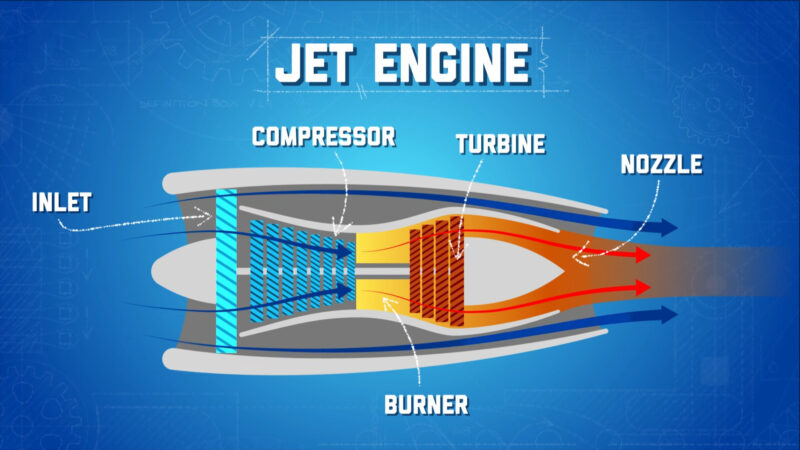
Structural analysis extends its reach to diverse fields, influencing the design of various structures and systems that impact our daily lives.
Aerospace Engineering
In the aerospace industry, structural analysis is critical for designing aircraft that can withstand extreme conditions.
- Safety in the Sky: Ensures that aircraft remain structurally sound during turbulence and other challenging situations.
- Weight Reduction: Optimization helps reduce aircraft weight, improving fuel efficiency.
Automotive Engineering
In the automotive sector, structural analysis contributes to vehicle safety and performance.
- Crash Safety: Ensures that cars are designed to protect occupants in case of accidents.
- Performance Enhancement: Helps design lightweight structures for better fuel efficiency and handling.
Renewable Energy
Structural analysis plays a role in the development of renewable energy sources, such as wind turbines and solar installations.
- Wind Turbine Design: Ensures the stability and reliability of wind turbine towers.
- Solar Panel Support Structures: Optimizes the design of supports to withstand environmental conditions.
FAQ
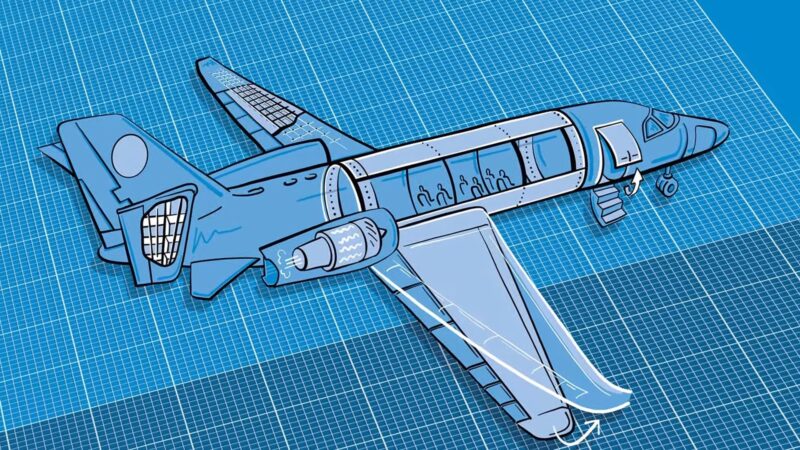
Is structural analysis only used in engineering?
No, structural analysis techniques find applications in fields beyond engineering, including architecture, aerospace, and renewable energy.
What role does structural analysis play in earthquake-prone regions?
In seismic areas, structural analysis is crucial for designing earthquake-resistant buildings and infrastructure.
Can structural analysis predict the lifespan of a structure?
While it can estimate durability, other factors like maintenance and environmental conditions also impact a structure’s lifespan.
How do advancements like 3D printing affect structural analysis?
Emerging technologies like 3D printing require innovative approaches to structural analysis to ensure safety and efficiency.
Is structural analysis limited to large-scale projects?
No, it applies to projects of all sizes, from small residential buildings to massive industrial complexes.
Final Words
Our journey through the realm of structural analysis has revealed the intricate power dynamics at play within this pivotal engineering domain. It’s a discipline that dictates the resilience of towering skyscrapers and the robustness of airborne vessels, permeating every facet of our contemporary existence.
As we forge ahead with technological progress, the sphere of structural analysis is poised to assume a heightened significance, orchestrating the creation of edifices that are not merely secure and steadfast but also attuned to ecological stewardship. The breakthroughs and practical uses we’ve delved into represent merely the threshold of the vast potential that awaits in the evolving narrative of this captivating field.
